Turmeric, known as The Golden Spice: Turmeric’s Ancient Journey Through Time, is that bright, yellowish-orange spice many of us know to be the magic ingredient in our favorite curries, but this spice has its history dating thousands of years. But do you know that this golden spice played many roles other than adding taste to our food? Let’s take a fanciful journey back in time and uncover the lesser-known historical significance of turmeric in Southeast Asia.
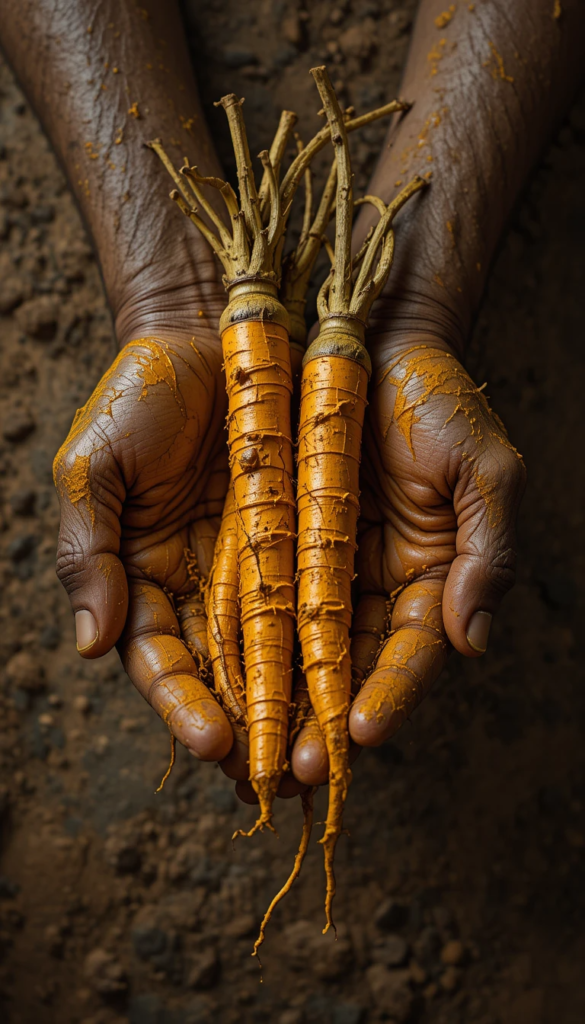
Turmeric: The Original Fashionista
A Dye Like No Other

Long before turmeric found its way into our kitchens, it was busy making a name for itself in the world of fashion. Yes, you heard that right! As far back as 2500 BCE, turmeric was used as a natural dye. Just think of ancient tailors mixing up vibrant yellow fabrics for their customers. It was the “it” color of the time! Yet in countries like India and Indonesia, the turmeric-dyed textiles were anything but for display purposes. More often than not, monks donned the bright yellow robes to look quite literally like walking sunshine during religious rites. In both Hindu and Buddhist religions, this robe was literally a robe of purity and often used in rites.
Body Art: Turmeric’s Colorful Touch
Painting the Town Yellow

But turmeric wasn’t just about clothing; it also made its mark on the human canvas! In prehistoric Southeast Asia, people used turmeric as body paint. Its antiseptic properties meant that not only did it look fabulous, but it also helped keep skin healthy during festivals and rituals. Talk about a two-for-one deal!Some researchers even suggest that ancient cave artists may have used turmeric to create their masterpieces. While evidence is scarce, who wouldn’t want to brighten up their cave with a splash of yellow?
Medicine: The Ancient Healer
Wounds and Wonders
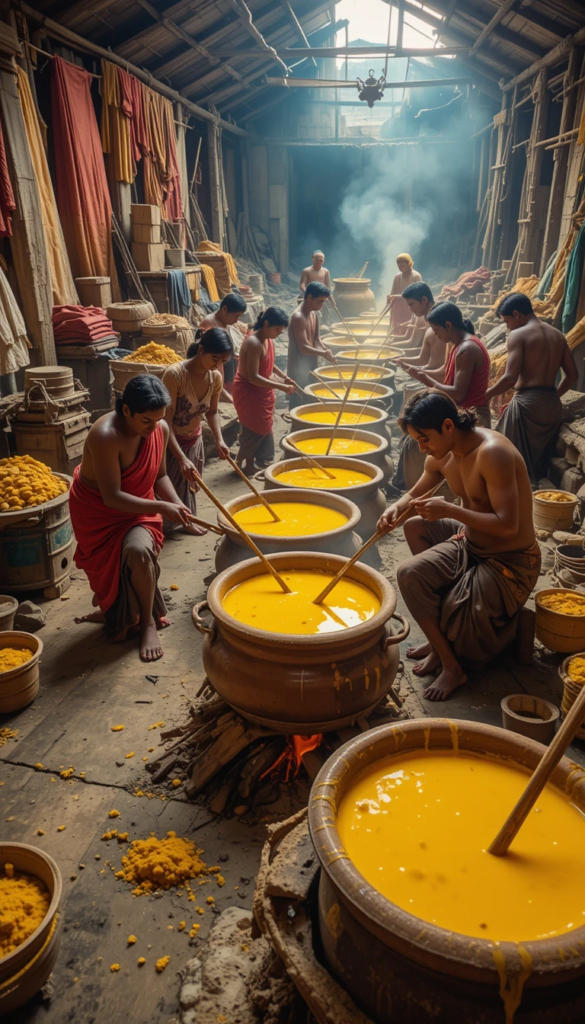
As people experimented with turmeric, they stumbled upon its medicinal powers. Imagine early humans treating wounds with this magical root—talk about a real-life superhero! Turmeric’s antiseptic and anti-inflammatory qualities made it a go-to remedy for cuts and burns.And let’s not forget about tummy troubles! Long before modern medicine, people were using turmeric to soothe digestive issues. They probably didn’t have fancy medical terms back then, but they sure knew how to mix up some herbal remedies!
Trade: The Spice That Traveled
A Journey Through Time

Turmeric was not just popular locally; it was also an important trade item! As one of the earliest spices traded in Southeast Asia, it traveled along ancient trade routes connecting India, China, and beyond. This little spice was like the celebrity of the spice world—everyone wanted a piece!Through these trade routes, turmeric became a cultural ambassador, sharing its uses and significance with different communities. It’s like when your friend travels abroad and brings back amazing stories (and maybe some souvenirs).
Rituals: The Sacred Spice
Honoring the Sun
In prehistoric Southeast Asia, turmeric was more than just a spice; it had spiritual significance too! Its bright yellow hue reminded people of the sun. During rituals honoring solar deities, turmeric was used to bring prosperity and ward off evil spirits. Who knew this little root could pack such a powerful punch?Some archaeological findings even suggest that turmeric played a role in burial practices. Its preservative properties might have led ancient cultures to use it as an offering to ensure safe passage into the afterlife.
Agriculture: The Farmer’s Friend
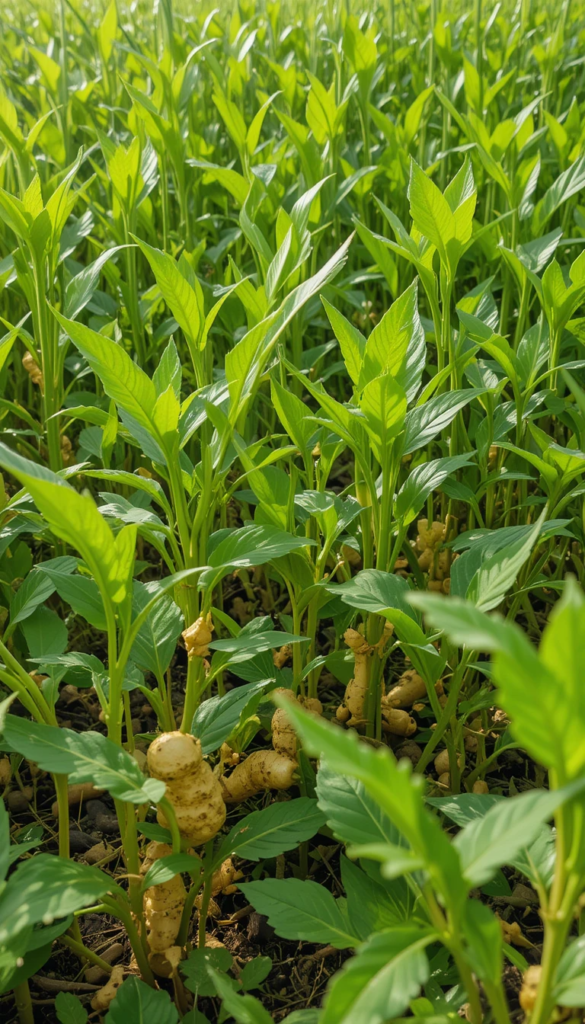
Cultivating Gold
Turmeric was one of the first plants cultivated in Southeast Asia. Imagine early farmers realizing that this hardy plant thrived in tropical climates! They would have harvested and replanted rhizomes, marking the beginnings of systematic farming practices.And guess what? Turmeric even helped improve soil quality! Its natural pesticidal properties made it a favorite among prehistoric farmers looking to keep their crops healthy.
Preservation: Keeping Food Fresh
Nature’s Refrigerator
In prehistoric times, food spoilage was a big problem—especially in tropical climates. Enter turmeric! With its antimicrobial properties, this golden spice became an essential tool for preserving food. It was like having nature’s own refrigerator!Turmeric might have even played a role in fermentation processes. By promoting beneficial microbes while inhibiting harmful ones, it helped ancient communities enjoy their favorite fermented foods without fear.
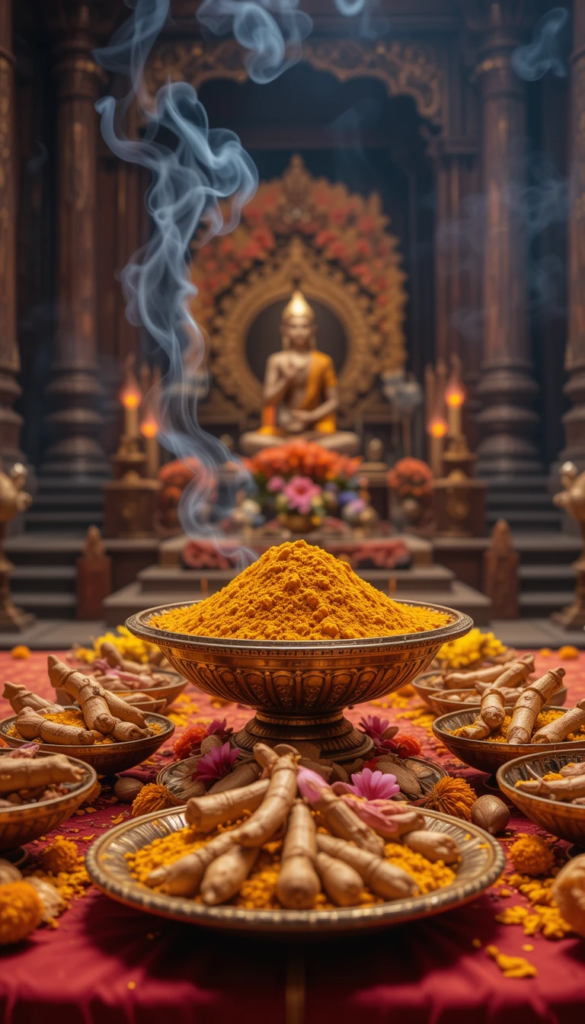
Beauty: The Original Skincare Guru
Glowing Skin Secrets
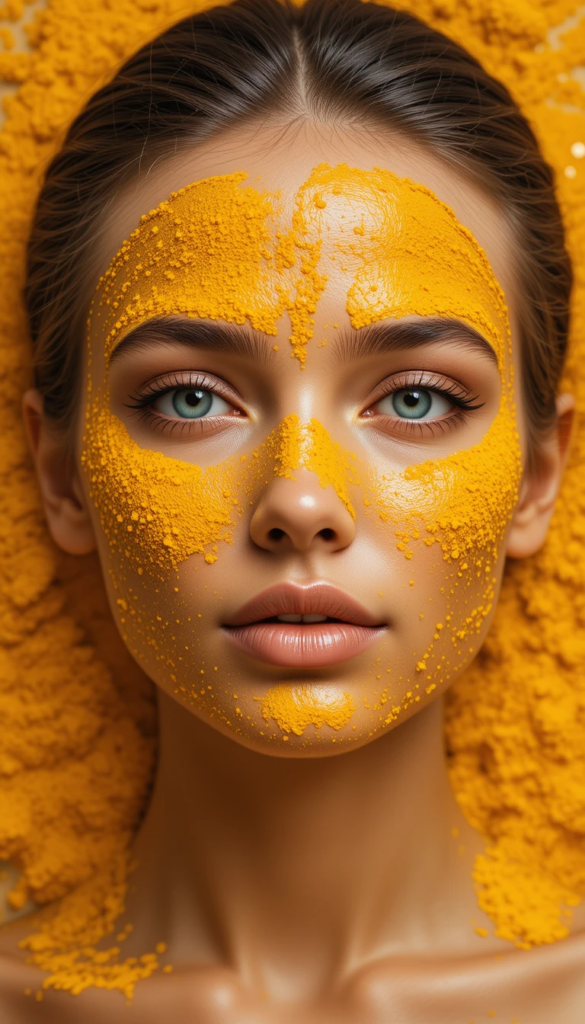
Turmeric wasn’t just for cooking or dyeing; it also found its way into beauty rituals! Ancient communities used it as a natural cosmetic to treat skin conditions like acne and eczema. Who needs modern skincare products when you have turmeric?Even today, many people still use turmeric-based face masks to enhance skin tone and radiance. Talk about timeless beauty secrets!
Animal Care: The Farm’s Best Friend
Happy Livestock

Prehistoric farmers knew that turmeric could help keep their livestock healthy too! They likely used it to treat wounds and infections in animals. It’s like having a veterinarian right in your garden!Some farmers even added turmeric to animal feed to improve digestion and overall health—a practice that continues in some rural communities today.
Mythology: The Spice of Legends
Tales of Turmeric
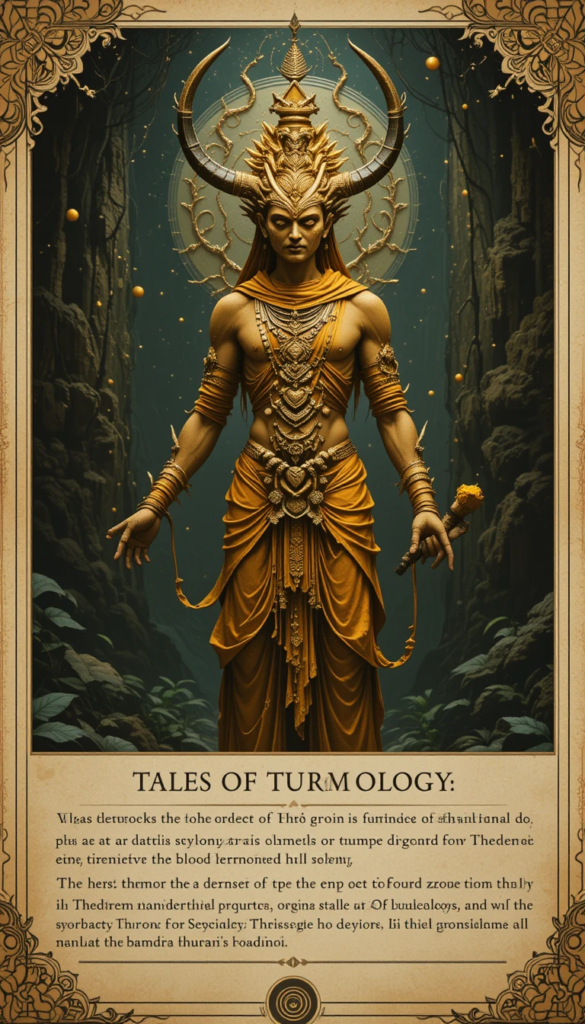
Finally, let’s dive into the world of mythology! In Southeast Asia, some legends attribute the discovery of turmeric to divine intervention. In Hindu mythology, for example, it’s said that turmeric originated from the blood of a demon—talk about an epic origin story!Folklore often features turmeric as a symbol of vitality and protection. These stories highlight how deeply ingrained this spice is in cultural traditions.
Conclusion: A Timeless Treasure
From its early days as a dye to its role in rituals and medicine, turmeric has woven itself into the fabric of human history for thousands of years. Its multifaceted uses reveal just how important this golden spice has been across cultures and generations.So next time you sprinkle some turmeric into your curry or slather on a face mask, remember—you’re not just enjoying a tasty ingredient; you’re connecting with an ancient legacy that continues to influence our lives today!




